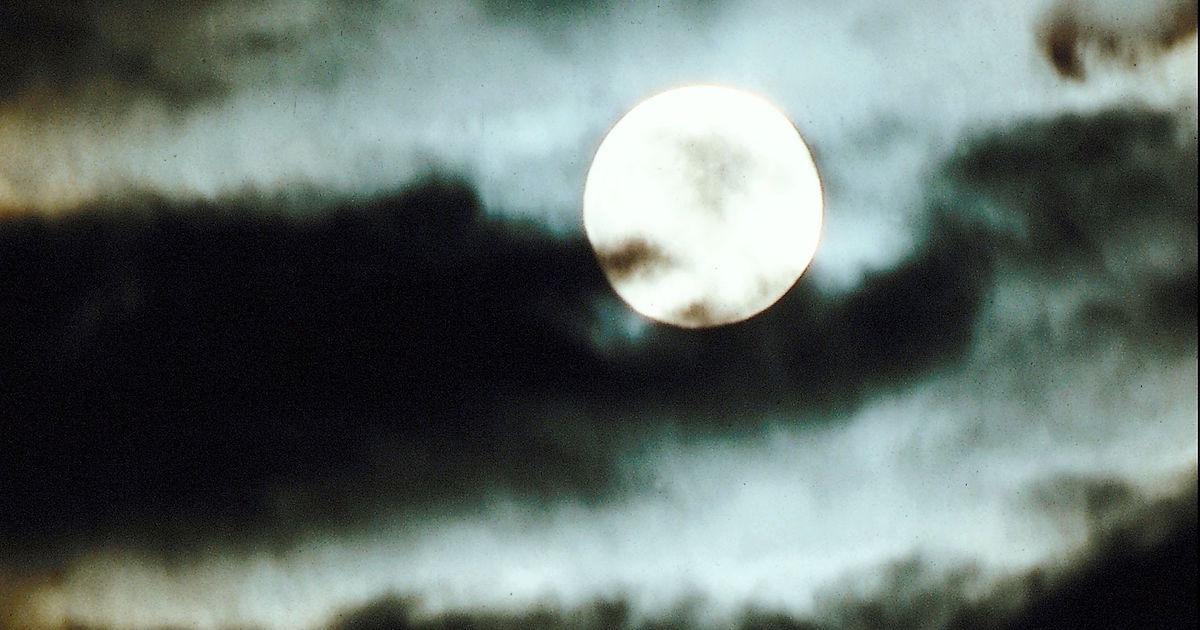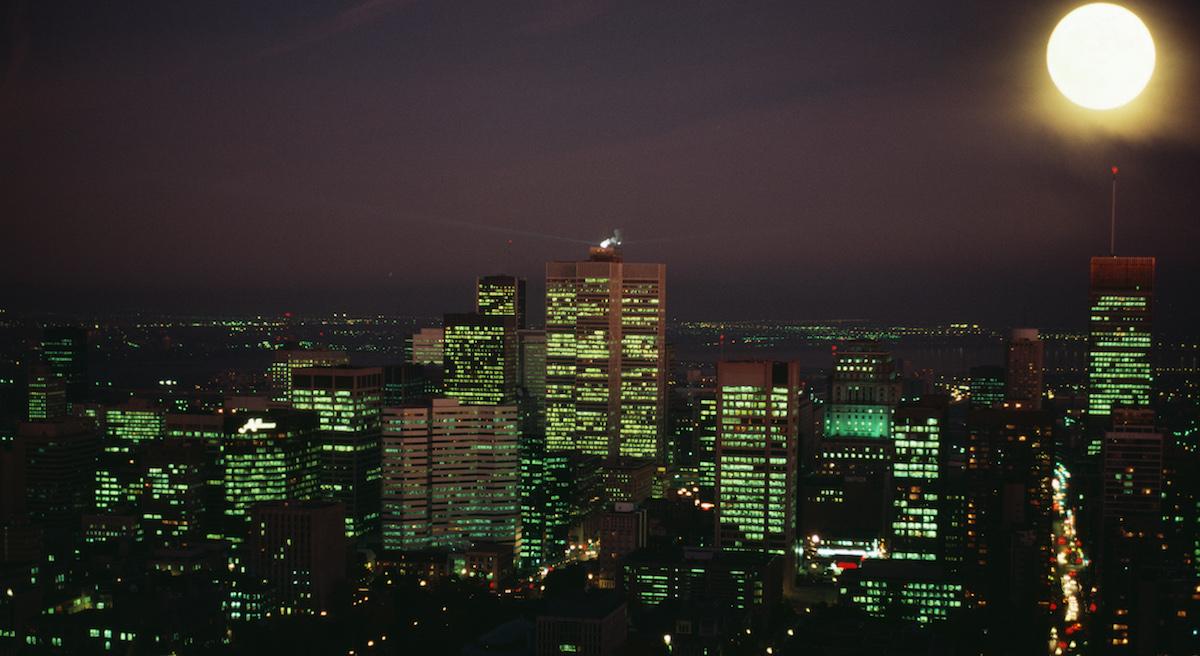How the "Moon Illusion" Makes the Moon Look Bigger
Published Oct. 28 2021, 2:17 p.m. ET

The moon is one of the most captivating celestial objects in our sky. It’s said to control many aspects of life on Earth, from our tides to our very moods. Depending on the time of year and your location on the planet, the moon can look very different, but why does the moon sometimes look bigger? This optical trick is allegedly rooted in our visual cortex, though you’ll have to keep reading to find out how it actually works.
Why does the moon sometimes look bigger?
First, we want to reassure you that the moon isn’t actually getting any larger than it has always been — at least not yet, anyway. According to Time and Date, the moon’s frequent size changes are a direct result of its shifting proximity within Earth’s orbit and some clever illusions via forced perspective.
Throughout the course of its 29.5-day orbit around the planet, the moon does get slightly closer to Earth. If you happen to be looking at the moon during one of these times, you might notice the lunar body looming large along the horizon line. This optical illusion is what scientists call the moon illusion.

What causes the moon illusion?
This moon illusion might seem like an easy explanation for the sometimes increased size of the moon, but proximity is only part of the equation. According to NASA, scientists don’t actually know why the moon illusion has such a pronounced effect on the way we perceive the moon. By all accounts, it shouldn't appear nearly as close as it does. Even after thousands of years, scientists don’t seem to have a good explanation for the phenomenon.
The main explanation links back to the way we already view objects that close in on the horizon. Our brains perceive these objects as nearer or farther away. Much of this has to do with perspective. Think of the way Frodo looked shorter than Gandalf in The Lord of the Rings movies. This movie effect was achieved through forced perspective and cleverly designed sets and props, but the results speak for themselves.
That, coupled with the moon’s relative size, could account for how overt this illusion appears. The trees, mountains, and buildings already dwarfed by the moon, compound this illusionary increase in size and proximity. That said, NASA astronauts in orbit have also encountered the moon illusion, and they had no such objects in the foreground to enhance the illusion.

Is the moon getting closer to the Earth?
No, the moon is not getting any closer to the Earth. In fact, it appears as though the moon is actually starting to move away from our planet altogether. According to BBC News, computer simulations have discovered that the moon, which sat about 14,000 miles away from Earth at the time of its formation, has moved a bit in 4.5 billion years.
Today, there’s about a quarter of a million miles between it and the Earth and it’s still going. Current projections clock the moon at moving out and away at approximately 1.48 inches per year, which is around the same speed human fingernails grow. And when it does eventually leave our orbit, life on Earth will never be the same.